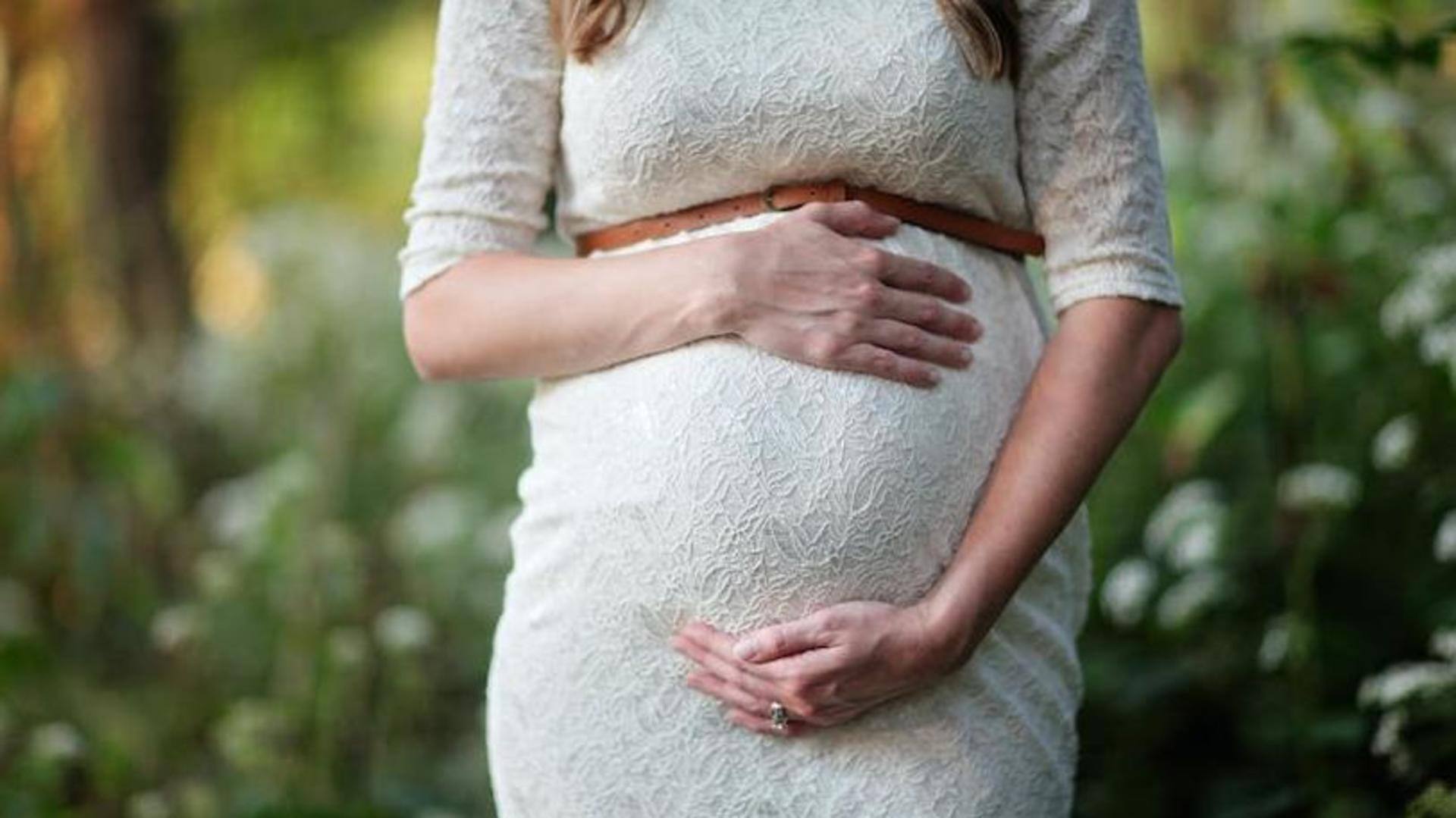
World Preeclampsia Day: Understanding its effect on pregnancy
What's the story
Preeclampsia is a serious blood pressure condition that develops during pregnancy - typically after the 20th week. High levels of protein in the urine and high blood pressure are typical in those who have preeclampsia. May 22 is observed as World Preeclampsia Day to raise awareness about this progressive disorder and further on its symptoms, preventive measures, and treatment.
Context
Why does this story matter?
Preeclampsia is diagnosed when a pregnant lady has persistent high blood pressure with protein loss in the urine. High blood pressures affect the blood supply to the fetus and hamper its growth. Its symptoms include swelling, water retention, headaches, and shortness of breath. It can escalate to eclampsia which has a high mortality rate and requires an emergency C-section to deliver the baby.
how it affects
How does preeclampsia affect the body?
Preeclampsia mostly begins in the placenta, the organ that develops in the uterus during early pregnancy and is responsible for providing oxygen and nutrients to the fetus. Experts say that the blood supply to the placenta might decrease in preeclampsia. This can lead to irregular regulation of blood pressure in the mother and can further affect the fetus too.
Cause
What causes it?
Preeclampsia can be caused due to various factors. However, it is mostly seen in women with a health history of migraines, rheumatoid arthritis, urinary tract infections (UTIs), gestational diabetes, polycystic ovary syndrome (PCOS), hypertension, and obesity, among others. Undergoing in-vetro fertilization, being pregnant after the age of 40, and being pregnant with more than one baby can also increase the risk of preeclampsia.
Symptoms
Symptoms of preeclampsia
Some of the early signs of preeclampsia include high blood pressure, protein in the urine, and water retention. This can result in weight gain and swelling in the face and hands. Other symptoms include persistent headaches, upper right abdominal pain, shortness of breath, vision changes (temporary loss of vision, blurred vision, or light sensitivity), nausea, and vomiting after the second trimester.
prevention
How can we prevent preeclampsia?
Low-dose aspirin is used for the prevention of preeclampsia. If you have one high-risk factor for preeclampsia or more than one moderate-risk factor, your primary care physician may advise taking an 81-milligram aspirin tablet daily after 12 weeks of pregnancy. Additionally, making lifestyle changes such as reducing weight, and controlling blood pressure, and blood sugar can prevent this to an extent.
Treatment
How to treat it?
Most people are unaware of preeclampsia until their blood pressure and urine are examined during a prenatal session. The severity of your preeclampsia and the stage of your pregnancy will largely determine the course of treatment. However, in most cases, the treatment for preeclampsia during pregnancy is delivery. Per reports, preeclampsia is usually resolved within 48 hours after the baby is delivered.